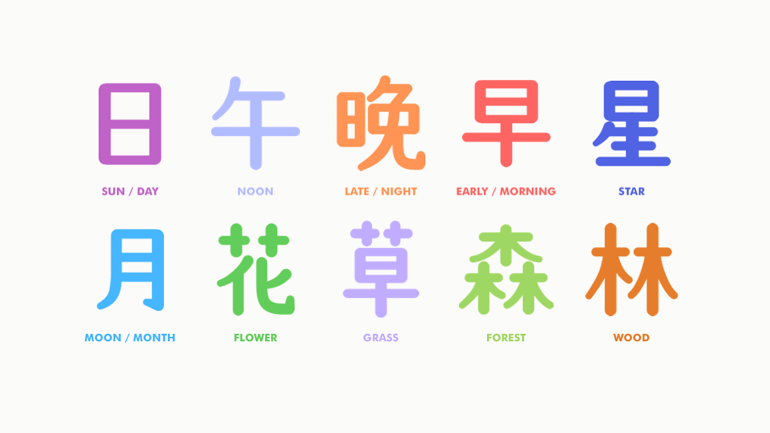
When learning a language as a beginner, everything is interesting and fascinating. Even though it can of course be difficult sometimes, in Mandarin perhaps particularly so when it comes to characters and pronunciation, you can still feel that you become better for every day. After each lesson or conversation, you can feel that you can say a little bit more than you could before.
Measurable progress and word lists
That feeling wears off, though. The more you know, the smaller difference each added piece of knowledge does. Even if you study diligently, it might feel like you're not making much progress. You might even feel like you're moving backwards!
In such a situation, it's great to have a clear indication that you are in fact learning something and that you are moving ahead. One way of doing this is to use word lists. These can come either from textbooks or from the official websites of various test providers, including HSK and TOCFL. Since you can clearly see how many words you have learnt in these lists, you get a clear sense of progress.
This is good, but only as long an you realise that advancing through lists of words and making progress there is not the same thing as learning the language. It's related, yes, but it's not the same thing. Even in the realm of vocabulary, which most lists focus on, you're not getting everything you need, although this depends on how you study.
How you use a list matters
Why do you study the list? If you want to pass a test in reading comprehension, you might be tempted to use only recognition for your vocabulary learning.
That means that you use flashcards and have the Chinese characters on the front and the meaning and pronunciation on the back.
This is indeed the fastest way to boost your passive vocabulary. You can do the same for listening ability by having audio on the front of the card (you can do this on Chinlingo). But it's just that, passive. It will allow you to understand written or spoken Chinese effectively, but it won't help your speaking and writing.
To achieve that, you need much more. This is partly because recognition is much easier, but it's also because being able to say what something means is not the same as being able to use it.
This is very clear in Chinese, which doesn't work the same way as English does.
For example, even if you know several words with the meaning "to correct" and "exam", do you know which word to use if you want to ask your teacher when she will correct your exam? You might know how to say "wind" and a dozen words for "strong", "fierce" and so on, but do you know which of these can be used with "wind"?
Study according to your needs
If you want passive understanding to start with, that's okay, go ahead and boost reading and listening ability as much as you can. However, don't think that this will greatly increase your speaking ability, at least not immediately. With practice, you can of course turn passive knowledge into active proficiency, but it doesn't happen unless you give it the chance to through practice.
If you are after short-term speaking and writing gains, you can't rely on cramming words. You need to be able to use them. To do that, you should make sure you incorporate two things:
Study vocabulary the right way
Practise speaking and writing a lot
The first has to involve active recall. That's when you don't see the answer. You can achieve this by using fill-in-the-gap exercises, translation from English or both. The first is preferred if you have good sentences to use, the second is sometimes preferred because it's quicker and easier.
In any case, don't get stuck in your list. Just studying a list for a certain level of HSK or TOCFL will prepare you neither for the exam itself nor real life. Word lists are great sources of vocabulary you can use to make sure that you haven't missed anything, but used on their own as your main study method, they are far from adequate.
Please visit Chinlingo for Chinese learning.



 闽公网安备 35020302035673号
闽公网安备 35020302035673号
0 responses on "How to use word lists for Chinese learning"